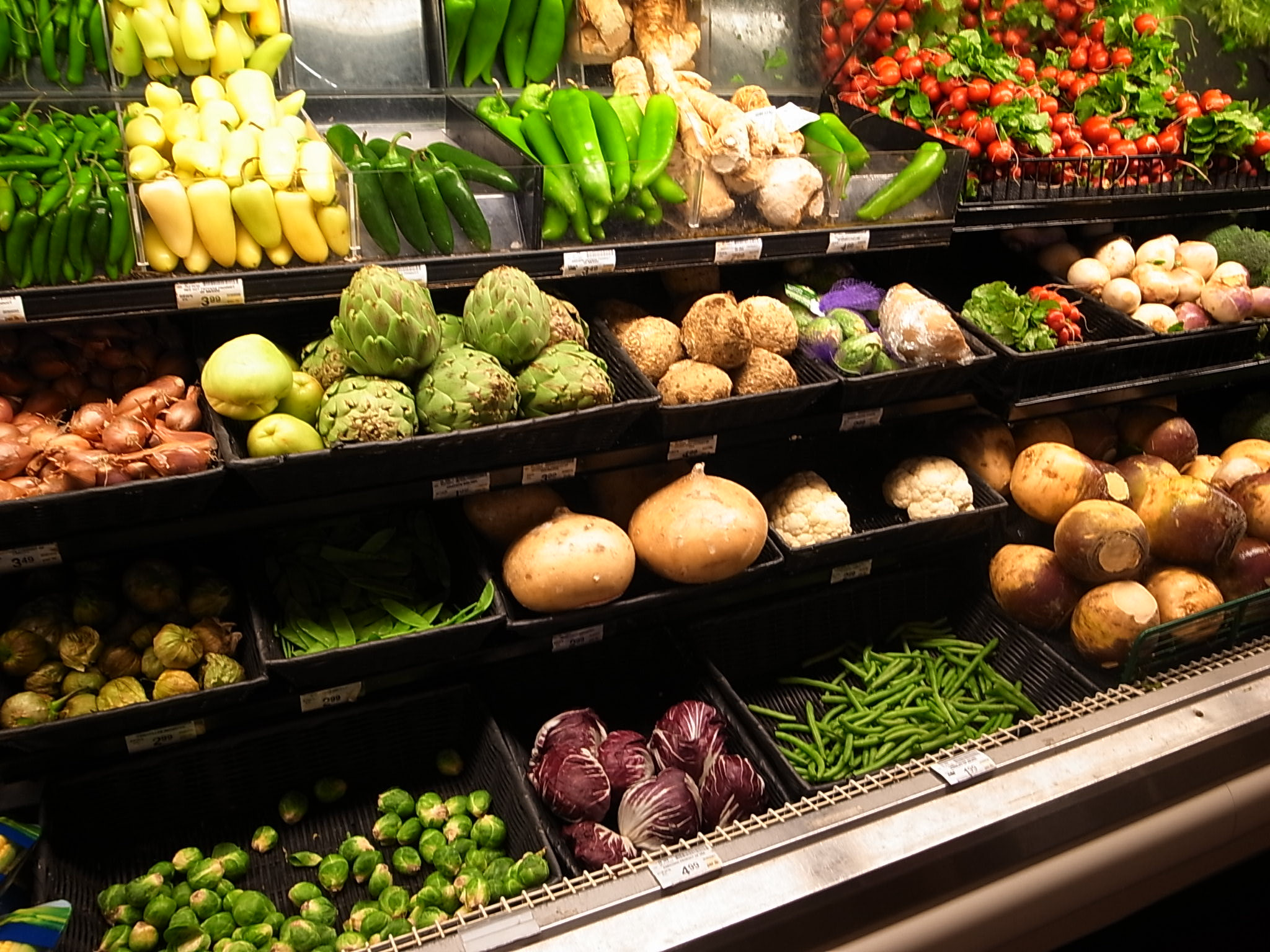Business and Economy
Inflation slightly up despite lower food prices in January 2017

(Photo: Lisa Pinehill/ Facebook)” width=”2048″ height=”1536″ />
The food subgroup prices decelerated to 3.4 percent from the previous month’s 3.6 percent. This is due to slower price adjustments in fruits, vegetables, meat, corn, sugar, jam, honey, chocolate and confectionery. (Photo: Lisa Pinehill/ Facebook)MANILA –Inflation in January 2017 slightly rose to 2.7 percent from 2.6 percent in the previous month, due to upward price movements in non-food items, according to the National Economic and Development Authority.
Higher price adjustments in the heavily-weighted housing, water, electricity, gas and other fuels pushed up overall inflation. These non-food items went up by 1.8 percent in January 2017 from 1.
3 percent in December 2016.
“The faster spike in transport and gas and other fuels costs can be traced to the increase in petroleum prices as the oil market rebalances after the recent decision of the Organization of the Petroleum Exporting Countries to cut oil production by 1.2 million barrels per day,” said Socioeconomic Planning Secretary Ernesto M. Pernia.
But despite this slight pickup in inflation, lower food prices were recorded in January 2017.
The food subgroup prices decelerated to 3.4 percent from the previous month’s 3.6 percent. This is due to slower price adjustments in fruits, vegetables, meat, corn, sugar, jam, honey, chocolate and confectionery.
However, higher price adjustments were recorded for fish, and oils and fats. There was also a slight uptick in the price of rice, which went up 1.8 percent in January 2017 from 1.6 in the previous month.
“The damage by typhoons Karen and Lando may have contributed to the lower supply of rice, which slightly raised rice prices. In some areas like Cagayan Valley and Central Visayas, the planting calendar was delayed, which resulted in lower production in the fourth quarter,” the Cabinet official said.
Overall, inflation drivers are higher oil prices, pending petitions for higher electricity rates and transport fares, besides the country’s strong domestic demand.
Other price pressures are the shift to a unitary excise rate for cigarettes effective January 2017 as mandated by the Sin Tax Reform Law, and the Malampaya 20-day maintenance shutdown that started last month, which may lead to an increase in the generation charge starting March.
“Despite upside risks and pressures, the government expects inflation to be stable and remain consistent with the target of 2.0 to 4.0 percent,” said Pernia.
“To stabilize and manage food inflation, sustainable financing and access to insurance facilities for agriculture sector are needed. This will ensure availability of loans to farmers to keep their farm output stable, especially in times of climate-related shocks,” he added.
Compared with ASEAN neighbors, the Philippines’ inflation in January was lower than Indonesia’s 3.5 percent but higher than Thailand’s 1.6 percent.





















